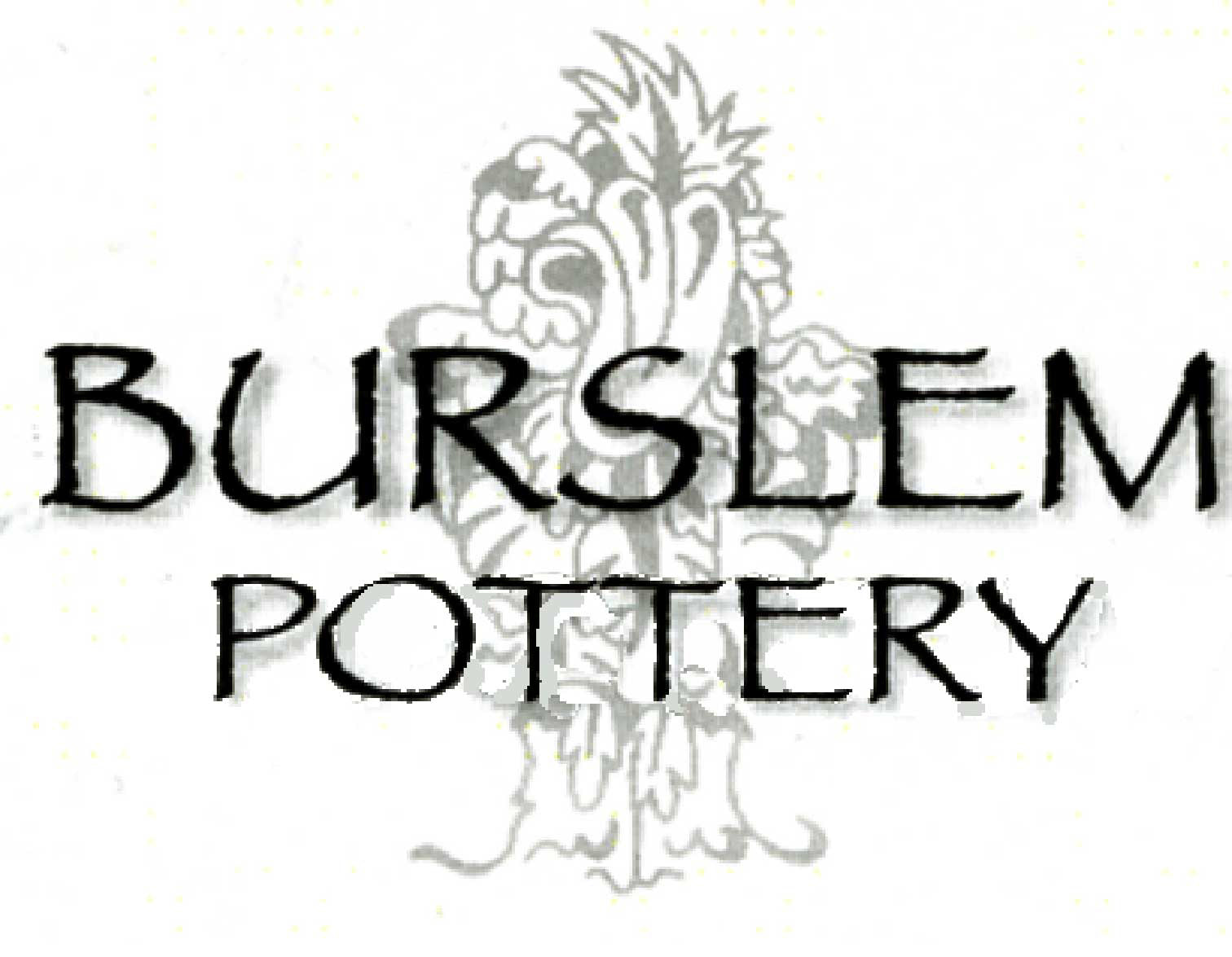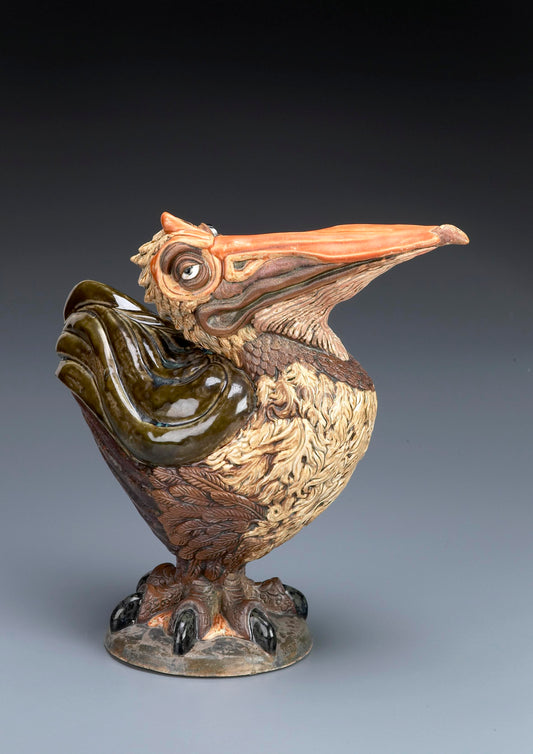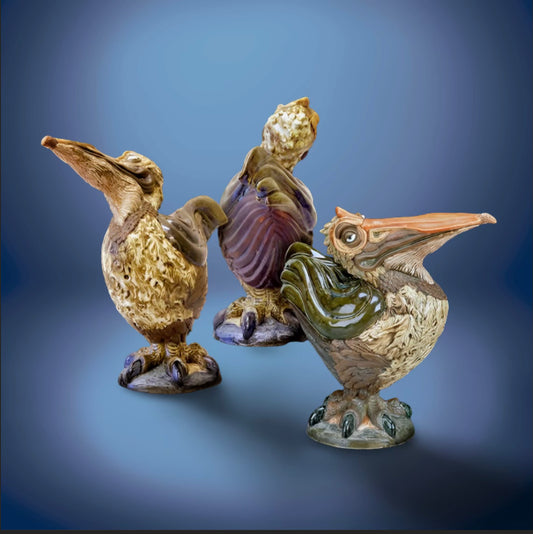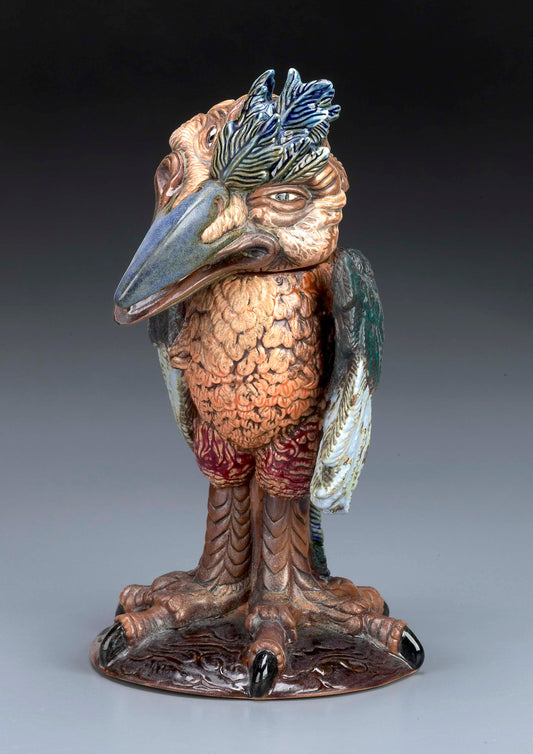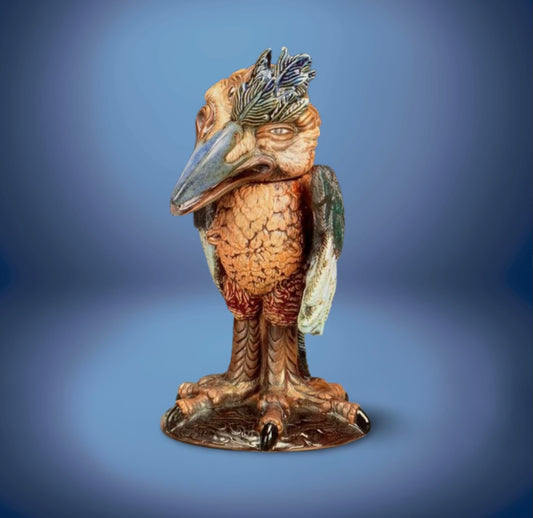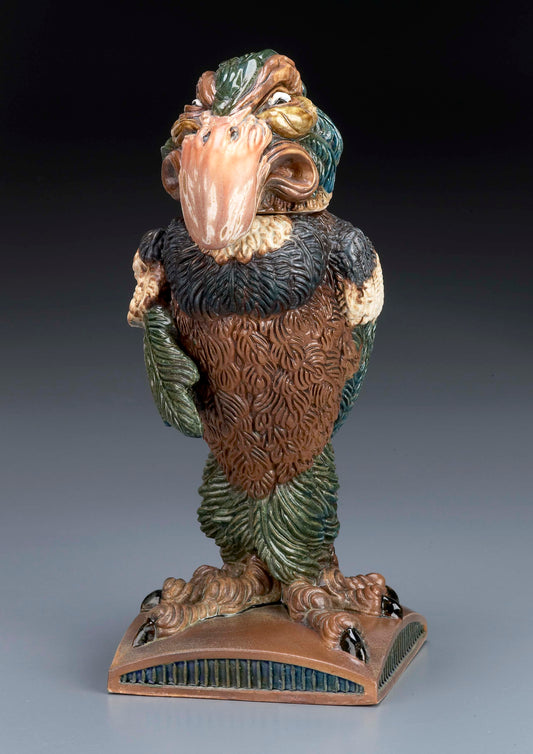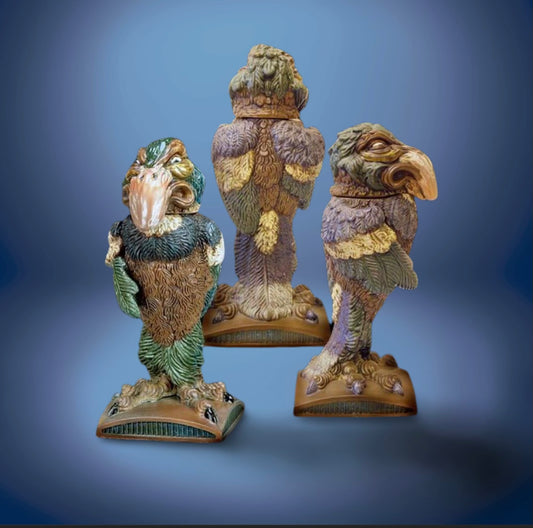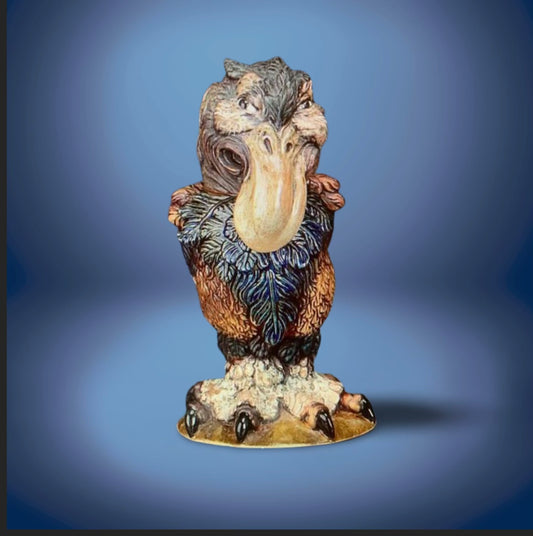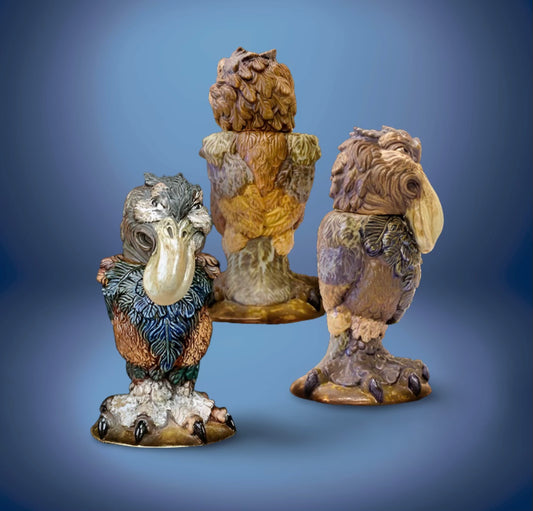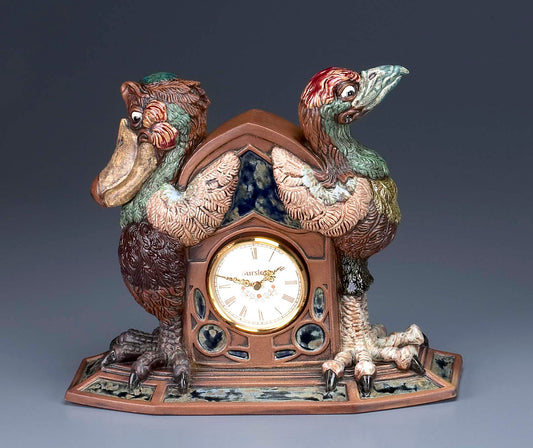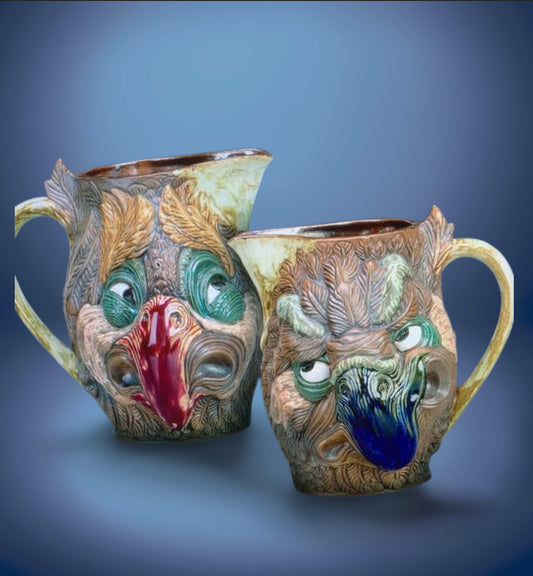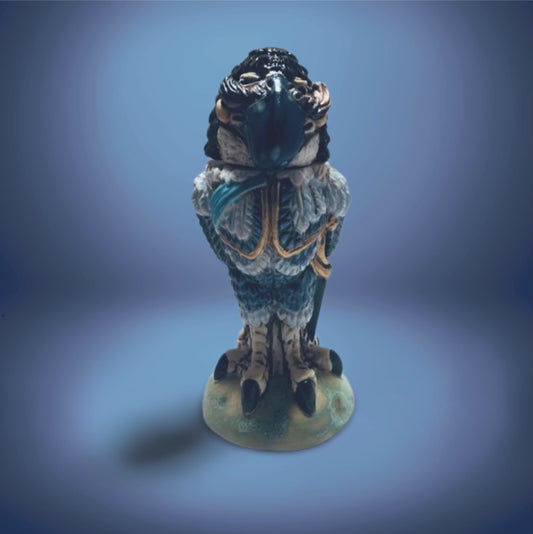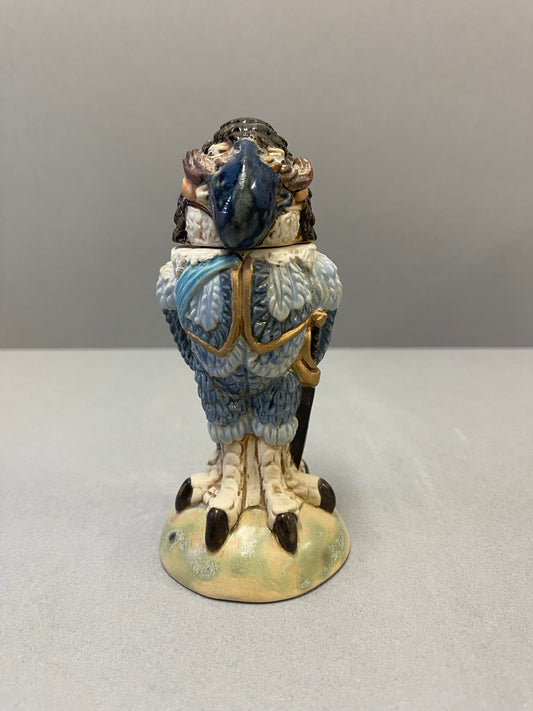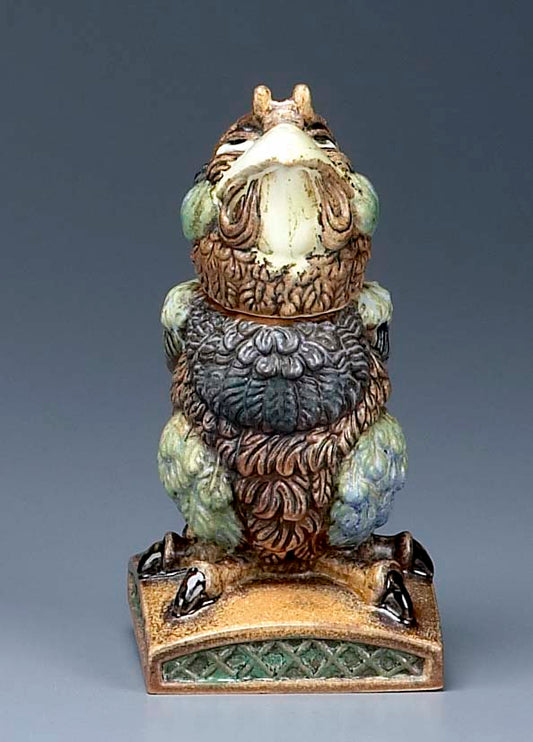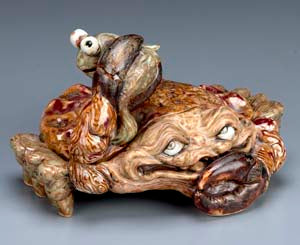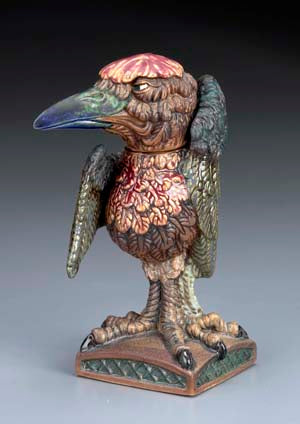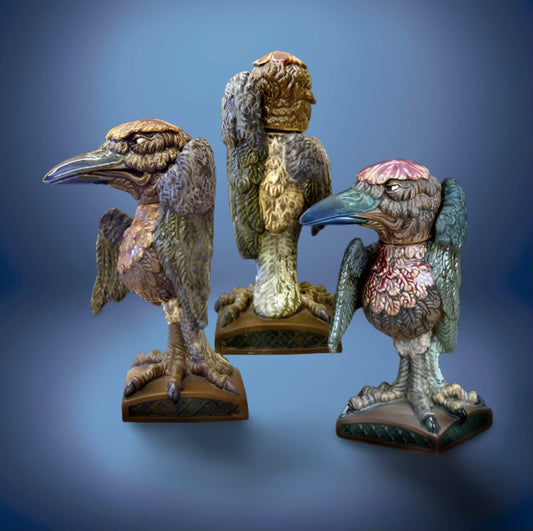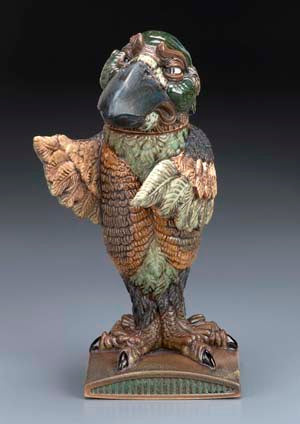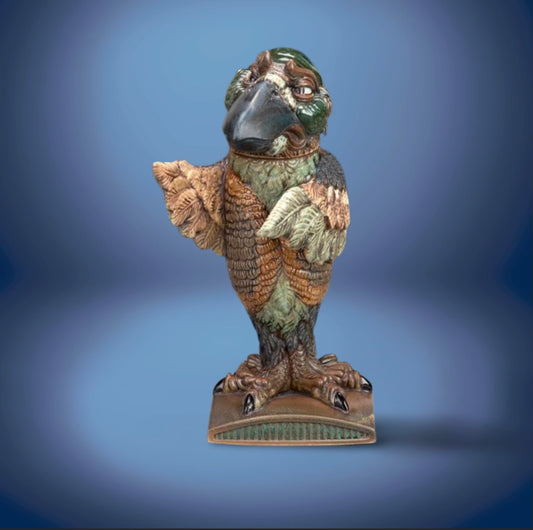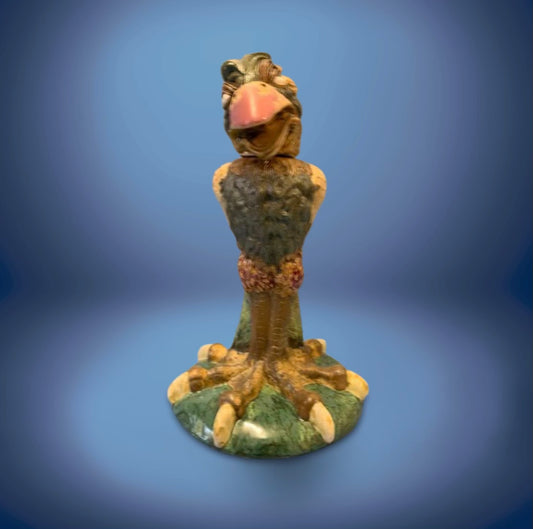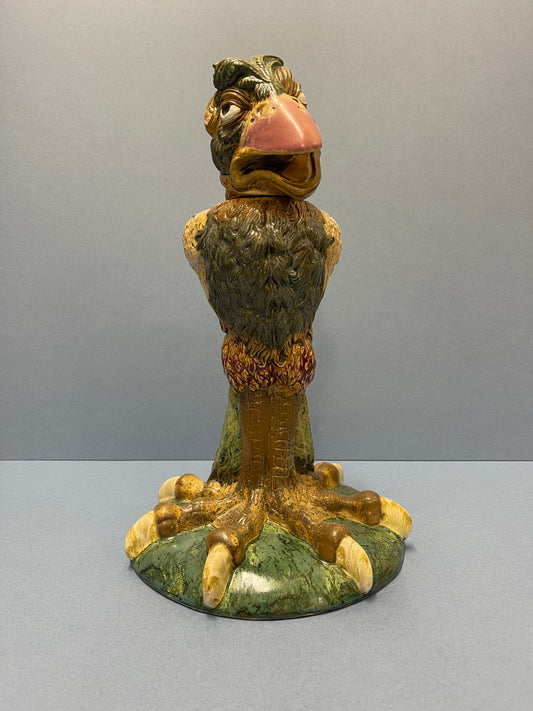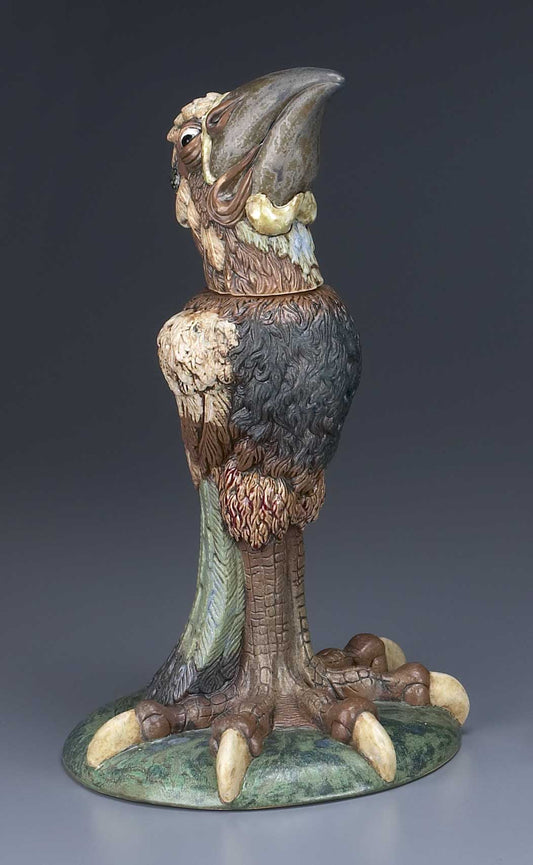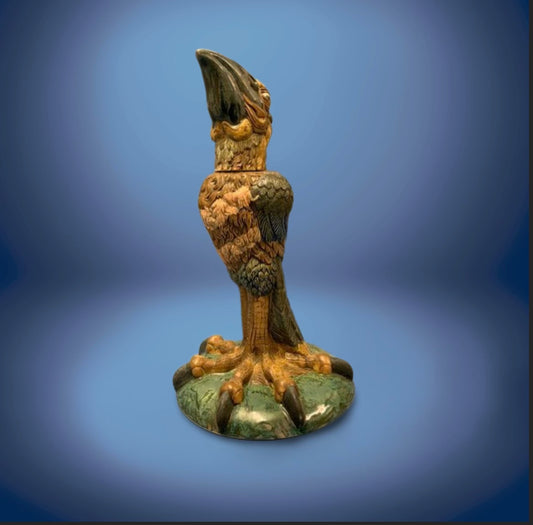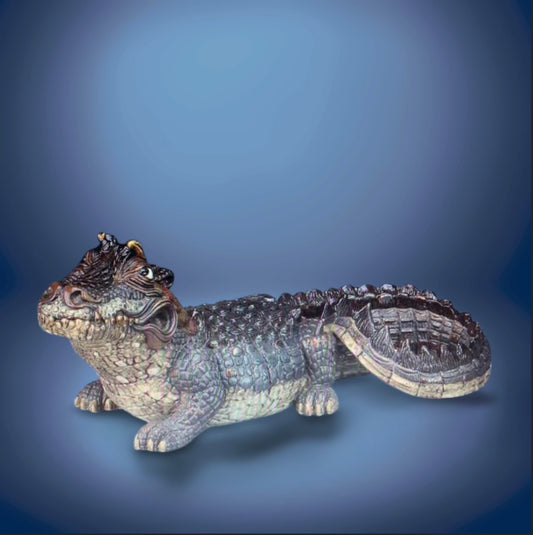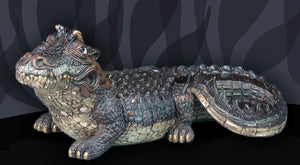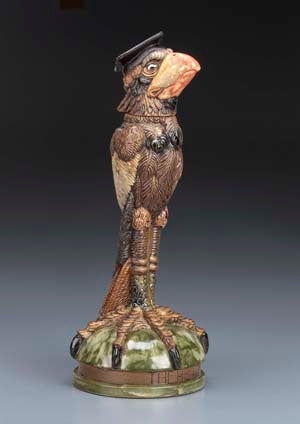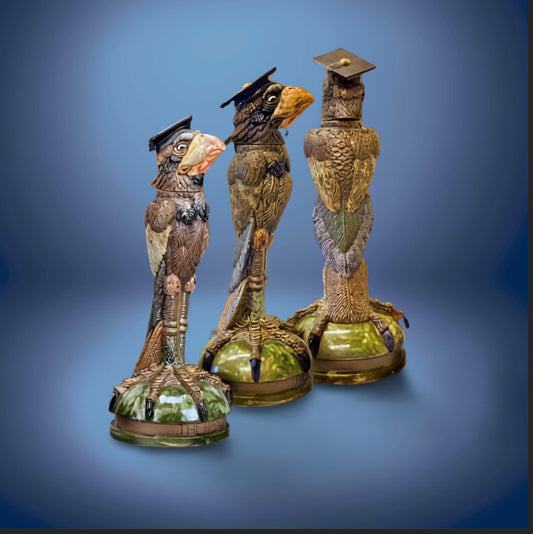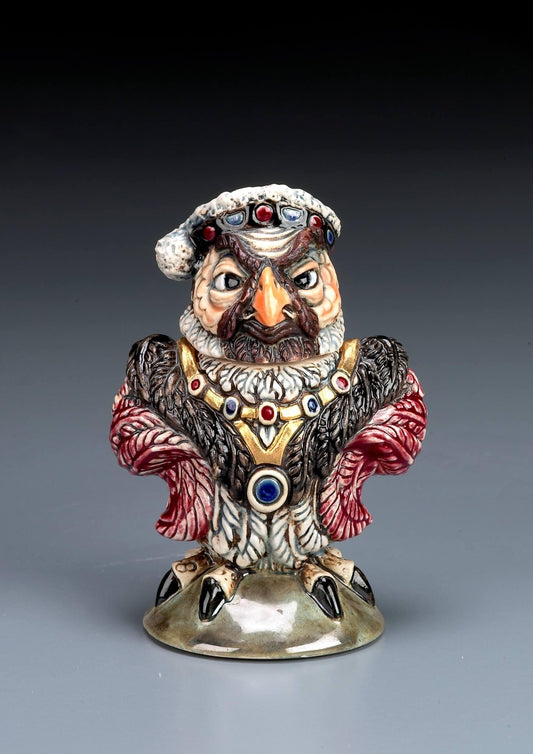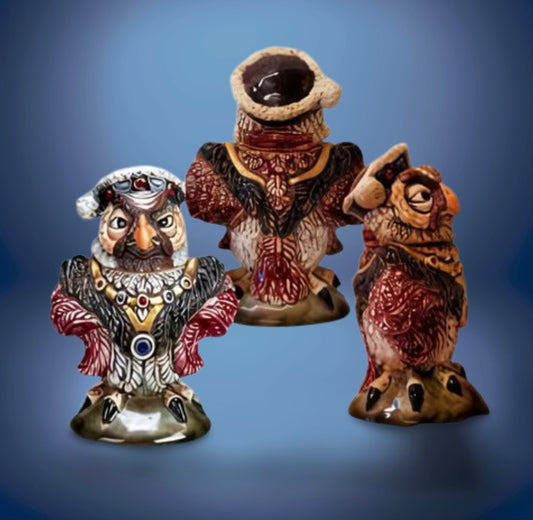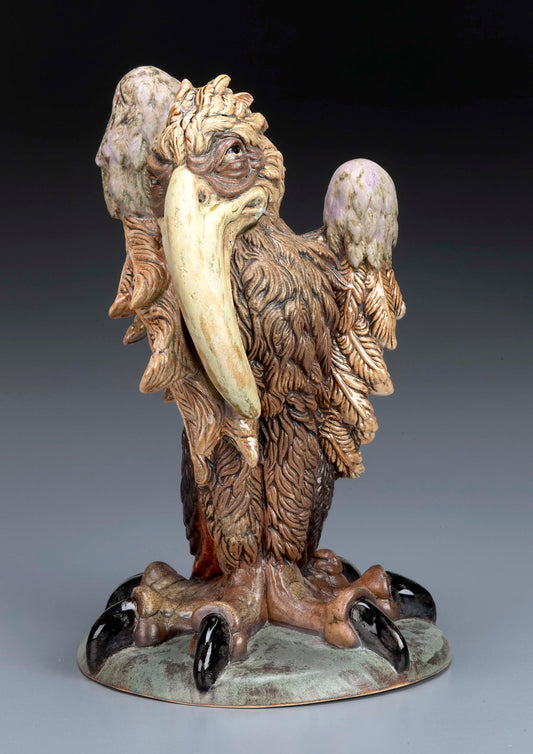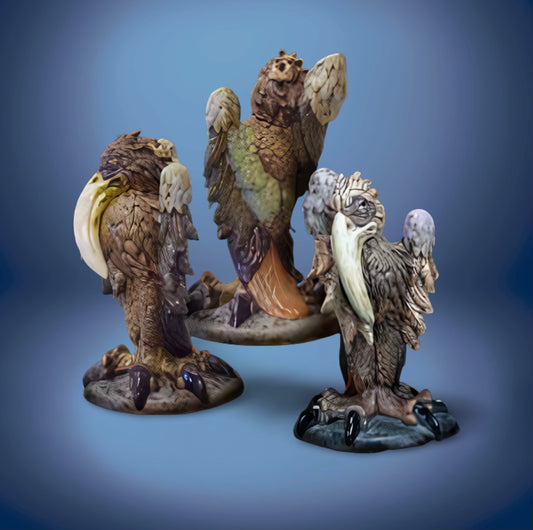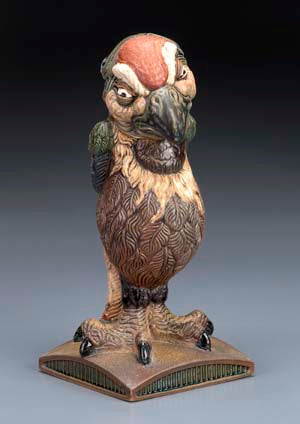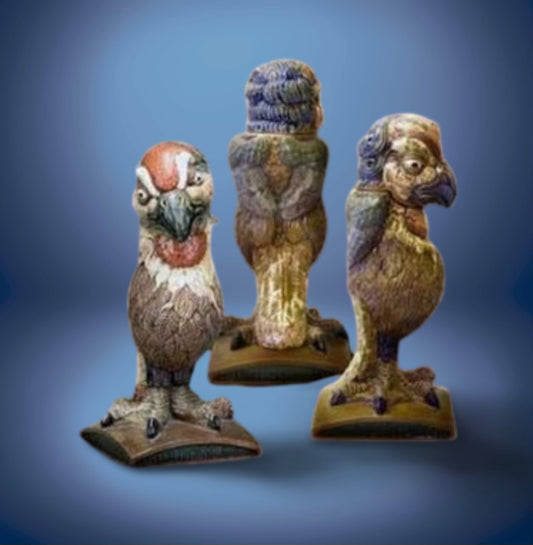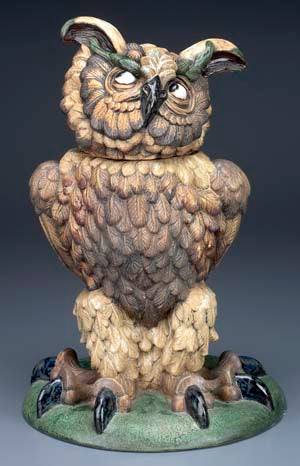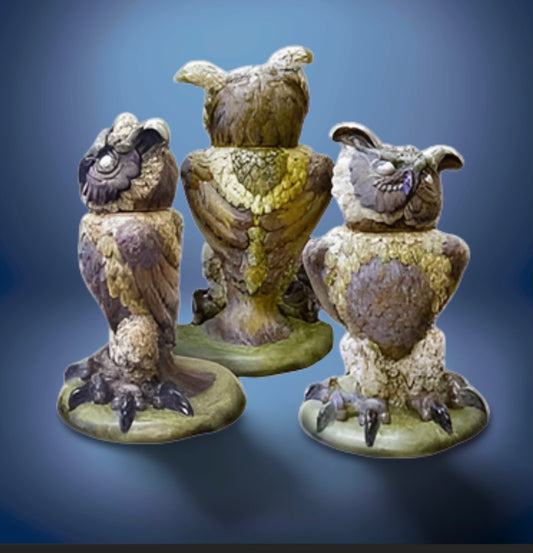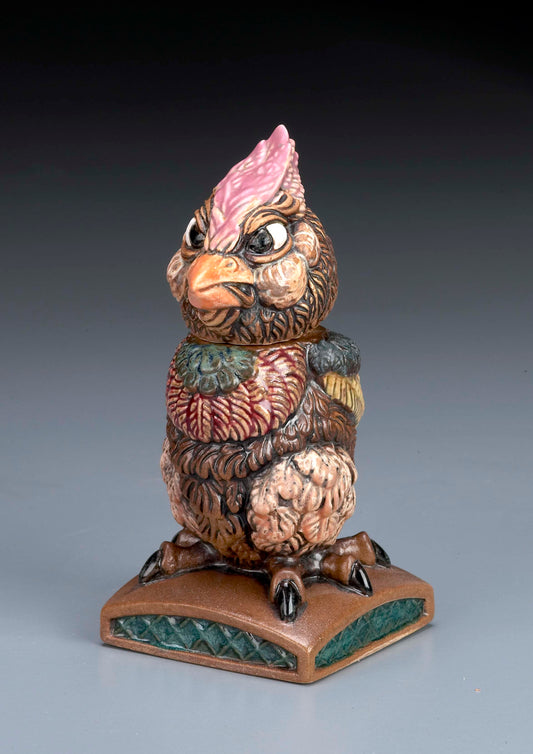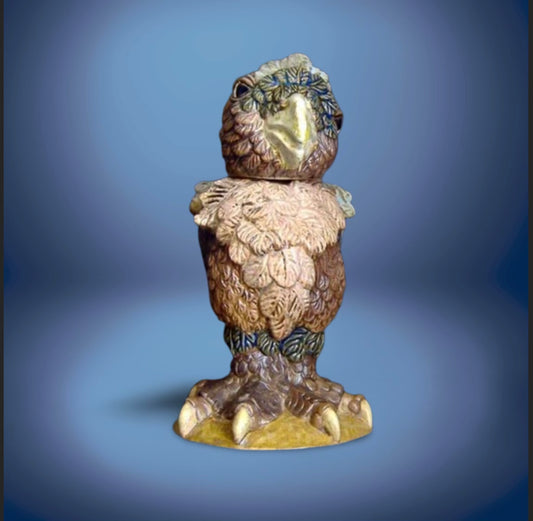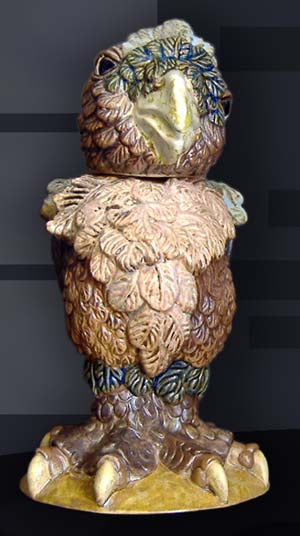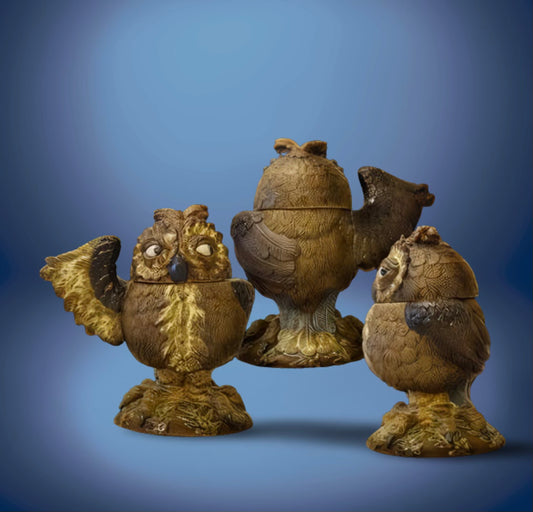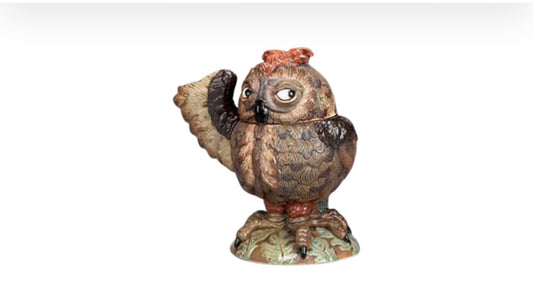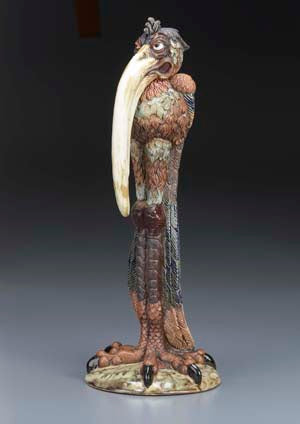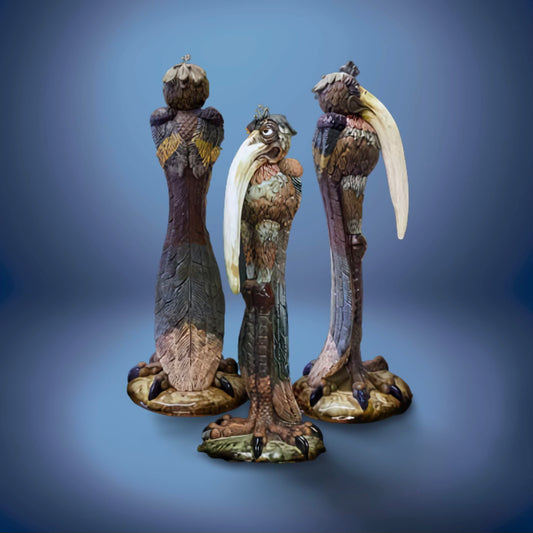-
Albert Inspired by the Martin brothers pottery
Regular price £299.00 GBPRegular priceUnit price per -
Archie Inspired by the Martin Brothers pottery
Regular price £269.00 GBPRegular priceUnit price per -
Bailiff inspired by the Martin brothers pottery
Regular price £269.00 GBPRegular priceUnit price per -
Boris Dark inspired by the Martin brothers pottery
Regular price £189.00 GBPRegular priceUnit price per -
Caught In Time inspired by the Martin brothers pottery
Regular price £495.00 GBPRegular priceUnit price per -
Character Jug inspired by the Martin brother's pottery
Regular price £275.00 GBPRegular priceUnit price per -
Charles 1st inspired by Martin brothers' pottery
Regular price £130.00 GBPRegular priceUnit price per -
Charlie The Accused inspired by Martin bothers pottery
Regular price £149.00 GBPRegular priceUnit price per -
Claude Inspired by Martin Brothers pottery
Regular price £169.00 GBPRegular priceUnit price per -
Clerk Inspired by the Martin Brothers hi
Regular price £169.00 GBPRegular priceUnit price per -
Defender inspired by the Martin brothers pottery
Regular price £269.00 GBPRegular priceUnit price per -
Duchess inspired by the Martin brothers pottery
Regular price £399.00 GBPRegular priceUnit price per -
Duke Inspired by the Martin brothers pottery
Regular price £399.00 GBPRegular priceUnit price per -
Errol inspired by the Martin brothers pottery
Regular price £475.00 GBPRegular priceUnit price per -
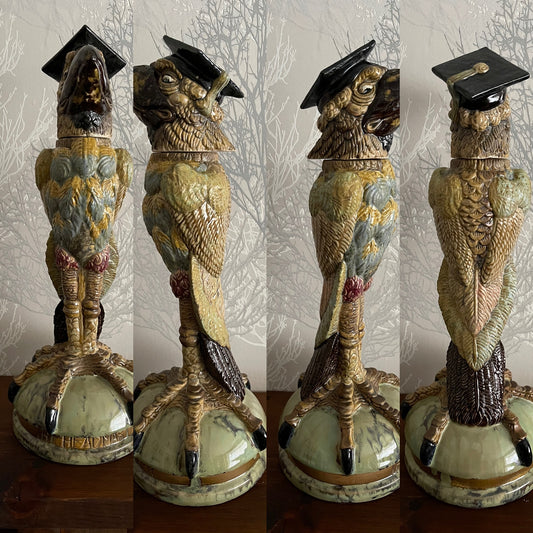 Sold out
Sold outHeadmaster Commissioned colourway
Regular price £0.00 GBPRegular priceUnit price per -
Headmaster inspired by the Martin brothers pottery
Regular price £299.00 GBPRegular priceUnit price per -
Henry VIII inspired by the Martin brothers pottery
Regular price £130.00 GBPRegular priceUnit price per -
Horace inspired by the Martin brothers pottery
Regular price £269.00 GBPRegular priceUnit price per -
Judge inspired by the Martin brothers pottery
Regular price £269.00 GBPRegular priceUnit price per -
Major inspired by the Martin brothers pottery
Regular price £995.00 GBPRegular priceUnit price per -
Mary Sparrow inspired by the Martin brothers pottery
Regular price £149.00 GBPRegular priceUnit price per -
Mrs Boris inspired by the Martin brothers pottery
Regular price £189.00 GBPRegular priceUnit price per -
Octavia inspired by the Martin brothers pottery
Regular price £269.00 GBPRegular priceUnit price per -
Olga inspired by the Martin brothers pottery
Regular price £299.00 GBPRegular priceUnit price per
